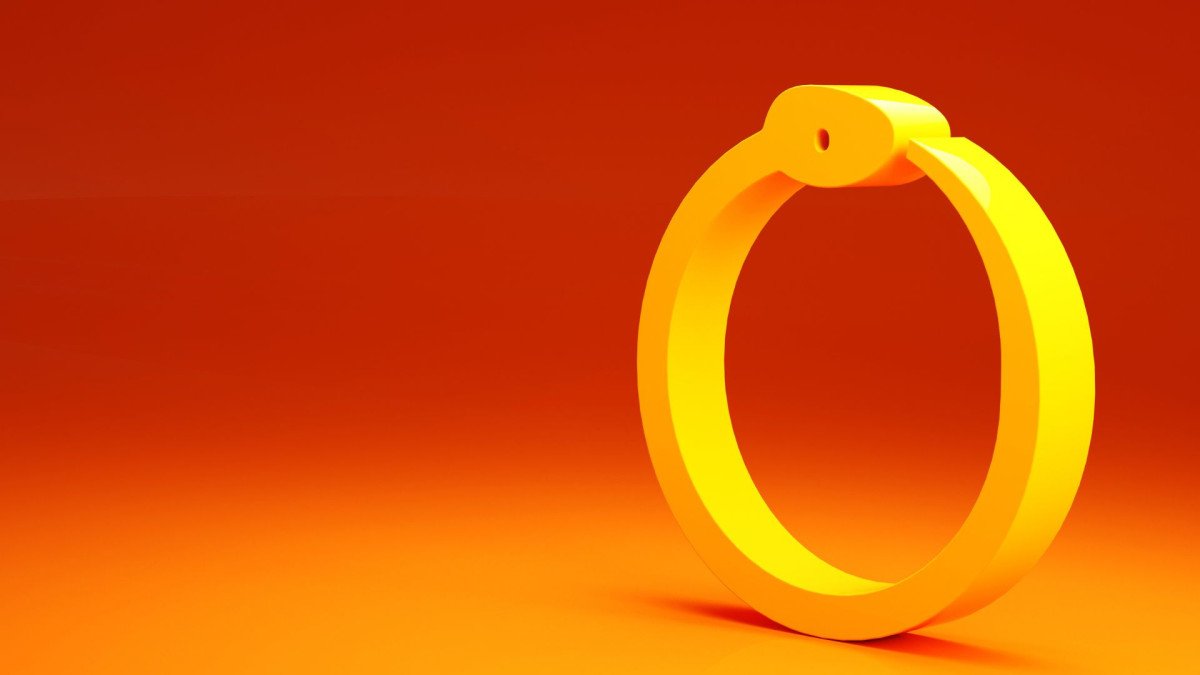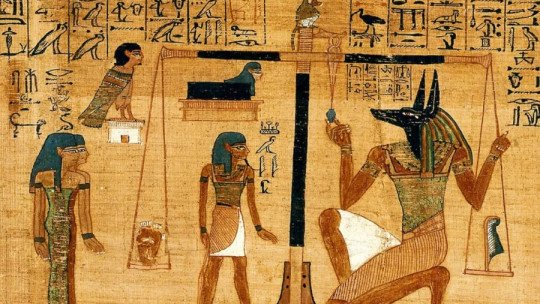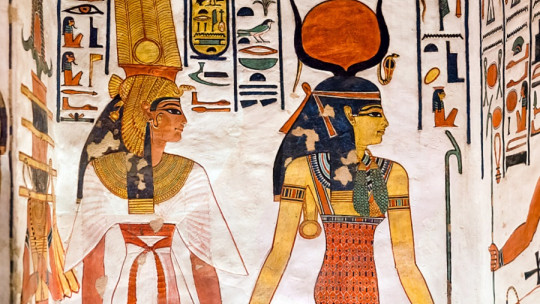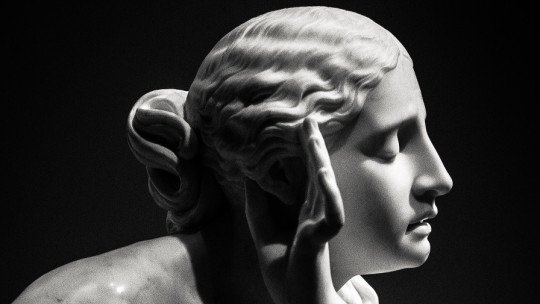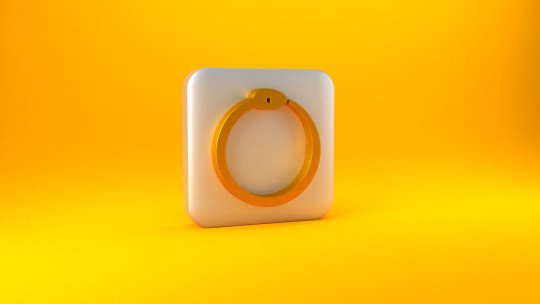
The first trace of the ouroboros, or the snake that devours itself, is found in the tomb of the pyramid of Unis, in Egypt, dated around 2,300 BC The symbol became a constant in Egyptian hieroglyphs and later passed to Greece and even other much more distant places, such as the Scandinavian countries, which included it in their mythology.
During the Middle Ages and the Renaissance the concept continued to be present, especially related to Saturn and the eternity of time. Saint Isidore of Seville, for example, described the ouroboros as the circle drawn by the sun in its journey “around the earth” (remember that it was part of the geocentric theory), therefore connected to the idea of cyclical and inexhaustible time..
In today’s article We will briefly analyze the symbology of the ouroboros and its trajectory throughout the millennia and cultures If you are interested, do not hesitate to continue reading.
The ouroboros or the snake that bites its tail
Specifically, she is not biting off the appendage, but rather she is devouring herself. This is the original meaning of the Greek word ouroboros. On the other hand, what is commonly considered a snake is actually a very specific animal, which receives different names depending on the time and the culture that uses it.
In Egypt it was the urea, the only snake that, according to tradition, could not be destroyed by any other animal and, therefore, had connotations of eternity In Greece it is the basilisk. Later, in the Middle Ages and during modern times, the word “dragon” is often spoken of, a constant in allegorical representations. In any case, the ouroboros is a reptile of a non-specific species that, in its circular movement, reflects a time that always returns and regenerates itself.
Egypt and the power of the pharaoh
In the ancient country of the Nile, the circular serpent was related to the idea of power. This is why the pharaoh wore a urea in the crown of the two lands, a representation of the cobra-goddess Wadjet, protector of the monarch and his special benefactor.
In this sense, The symbology of the ouroboros must be related to the idea of the powerful ruler, who, by the way, transcended Egypt and it can be traced even in modern times: Albrecht Dürer, in the design he made for the triumphal arch of Emperor Maximilian, introduced this symbol as a representation of the power of the Habsburg Empire.
On the other hand, the presence of the ouroboros in Egypt is also clear in the so-called “cartridges”, that is, the circular element where the names of the pharaohs of Egypt were traditionally inscribed. In the space that surrounds the name we can clearly glimpse the snake that moves in a circle and that protects the name of the monarch within. We find again, then, the same meaning of protection that we have already seen that the cobra-goddess Wadjet also has in the royal crown.
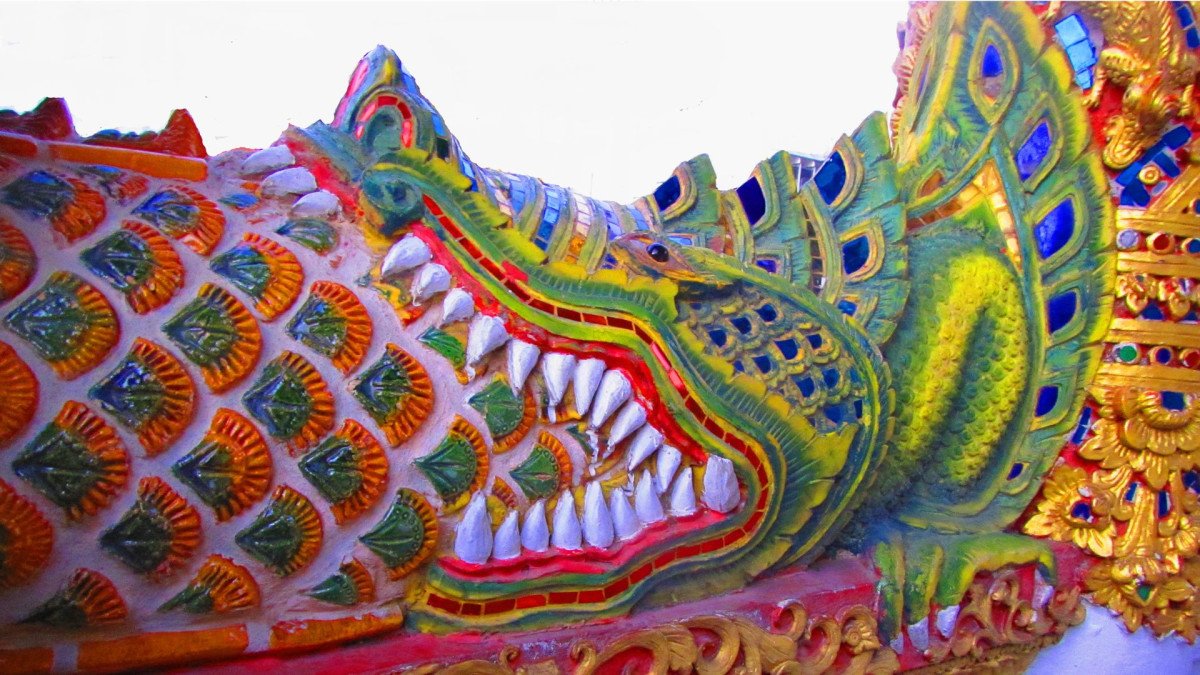
Infinite Time
However, Probably the most widespread meaning of the ouroboros is infinite time, that is, eternity Also in ancient Egypt we find traces of this concept: the hieroglyph that represented this idea was precisely a snake with its tail hidden under the body. In this sense, she can be quickly related to the goddess Isis, a divinity who ruled life and death (remember that she was the mediator of childbirth and, in addition, resurrected Osiris, her dead husband), and whose main attribute was snake.
The ouroboros in relation to time is also linked to the concept of the Universe as an infinite entity that, in addition, constantly changes its appearance (in an eternal process of destruction-regeneration), just as a snake changes its skin. The Universe nourishes itself and does not need anything else, since everything that happens in it is resolved without any external element, since nothing exists beyond it. It is the serpent that devours itself and, therefore, feeds on its own nature.
In fact, if we look closely, The symbol of infinity, widely used in the exact sciences (∞) is nothing other than an ouroboros, that is, a snake that bites its tail It is the cyclical nature, which always returns and never ends. Cronus (the Greek god who represents time and, therefore, eternity) is usually accompanied by an ouroboros or basilisk that devours itself, as we see in the so-called Mantegna Tarot.
In this case, the reptile is clinging to the scythe held by the god, a fact that further reinforces the idea of destruction as the principle of regeneration. In this same tarot, one of the three winged geniuses, Chronicus (Kronikós), a character related to time, is represented by a boy who stares at an ouroboros.
On the other hand, the classic myth of Cronus tells us of the god as a devastating being who devours his children, which has traditionally been identified with the destruction that time causes in all things. It is inevitable to see in the myth a reference to the snake devouring itself, a simile of Cronus feeding on everything he has created and belongs to him; that is, of himself
Alchemies and Nordic symbols
We have already commented how the symbology of the ouroboros transcends geographical limits. The first vestiges are in Egypt, but a few centuries later we find an obvious transliteration of the symbol in a culture as distant as the Scandinavian one.
Because the snake Jörmungander from Viking mythology, which “embraces” Midgard or Middle Earth with its body in a circle and biting its tail, is a living reflection of the Egyptian and Greek ouroboros. In Scandinavian myth there is also a concept of time, but, unlike the classical concept, this is not infinite, since Jörmungander will devour herself until Ragnarök, the destruction of everything, arrives.
We cannot end this journey through the symbology of the ouroboros without mentioning alchemy. According to this conception of the world, matter does not disappear, but rather regenerates and, therefore, changes its form. This eternal regeneration is obviously related to infinity and, therefore, to the ouroboros. In fact, it is common to find the symbol in alchemical treatises, where, by the way, the green scales symbolize the beginning, while the red ones are the consummation, the end of the work.
